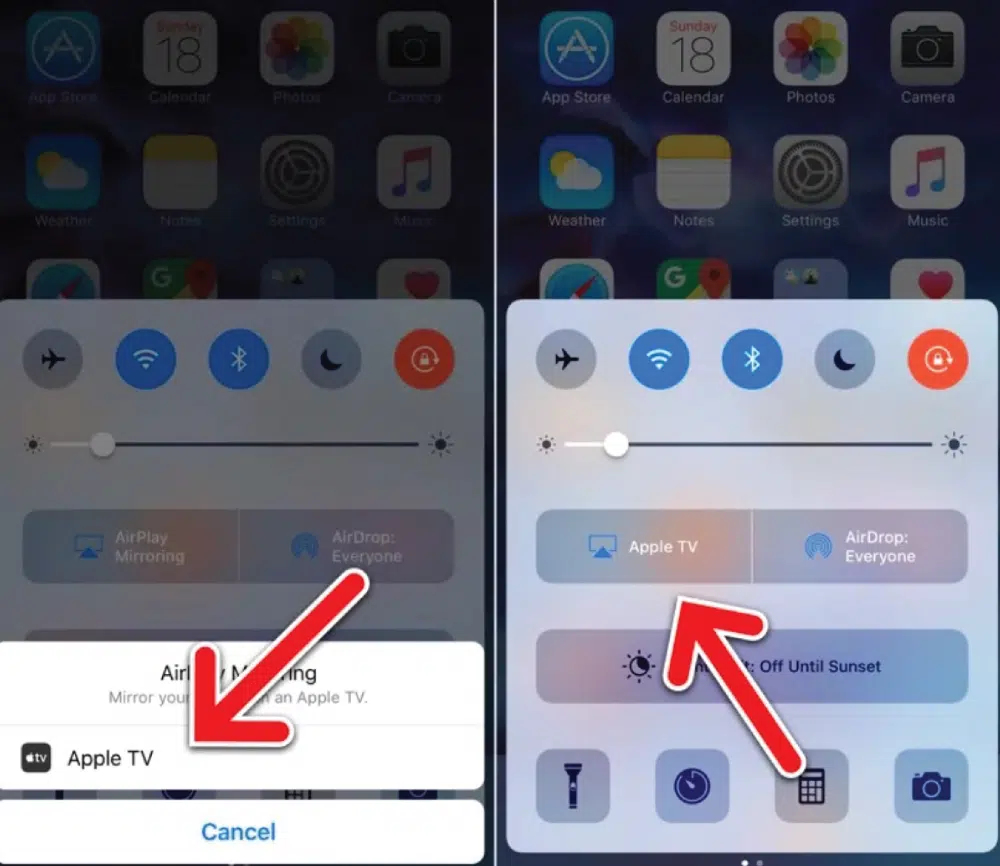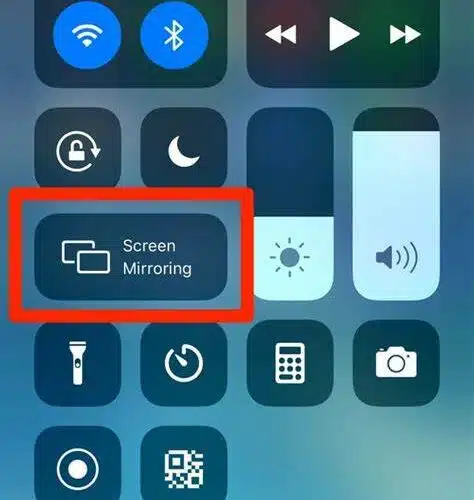If you want to watch your iPhone or iPad videos on your TV, you have a few options. You can use a cable, AirPlay, or screen mirroring, all of which are easy to do and allow you to see more of the content on your device.
The easiest way is to use an HDMI cable, which costs a few dollars and connects your phone’s Lighting port to your TV’s HDMI input. You can also use an Apple Digital AV Adapter, which is available for $49 and mirrors your iPhone’s screen to your TV in 1080p quality.
Table of Contents
1. HDMI Cable How to Connect iPhone to TV:
The HDMI cable is a common connection used between modern AV devices. It can send high-definition video, Ultra HD 4K, and 3D signals, as well as uncompressed audio – including Dolby TrueHD and DTS-HD Master Audio.
This connector has been in use for many years and has become the standard interface for sending digital audio and video.
It is found in a wide range of home technology products, such as TVs. Display monitors, soundbars, AV receivers, and game consoles.
An HDMI cable can be passive (with only the HDMI connector on both ends). So or active (containing the necessary electronics to transfer the signal over long distances).
The passive version is much less expensive and is designed for limited applications. While the active version has a built-in signal booster that can transmit the signals over longer distances.
2. AirPlay process to How to Connect iPhone to TV:
Apple’s AirPlay is a powerful way to stream movies and music from an iPhone, iPad, or Mac computer to a compatible TV. The service is available on more smart TVs, streaming sticks, and audio equipment than ever before.
It works like this: You connect an AV cable to your iPhone and to the output on your TV (or speaker). The screen mirroring function sends the entire image from your phone’s display directly to your TV.
But before you can use this feature, your TV and iOS device needs to be on the same Wi-Fi network.
To do this, swipe down from the top-right corner on newer iPhone models or up from the bottom of the screen on an older model. Then, open Control Center and tap Screen Mirroring.
3. Screen Mirroring:
Using screen mirroring, you can share what’s on your iPhone screen on a TV or other display. It’s useful for displaying your photo library, presenting a slideshow, and streaming media together in meetings, among other things.
In order to use screen mirroring, you need an app that supports it on your device. Some of these apps include YouTube, Netflix, Spotify, and Sling TV, among others.
The app detects available TVs in your local network and provides them with a link to a video stream. It then requests your TV to play that video stream, which it does in real-time.

AirPlay is a feature that Apple implemented to allow users to stream content from their iPhones to Macs and Apple TVs.
The feature has been enhance since 2018 and it now also allows you to stream photos, videos, and music to Samsung TVs, Google Chromecast, Roku, and other streaming devices via wireless AirPlay.
4. DLNA:
Also, DLNA is a technology that enables you to stream media files. (like photos, videos, and music) from your PC or a networked storage device to other devices over a home network.
DLNA isn’t a new technology, and there are more than 4 billion DLNA-certified devices on the market today, including TVs, Blu-ray players, tablets, and smartphones.
Most PCs already come with a DLNA server built-in, and Windows Media Player can act as a DLNA media server on your desktop or laptop. But it’s important to note that not all DLNA-compatible media file formats can be played by a DLNA device.
Nevertheless, DLNA is still a great way to stream content to your smart TV from your computer and mobile phone.
However, you have to prepare to spend some time learning the ins and outs of DLNA before you find a DLNA client that works best for your home network.





Add comment